Home>Technology>Security & Surveillance>How To Use A Smart Key To Rekey A Lock
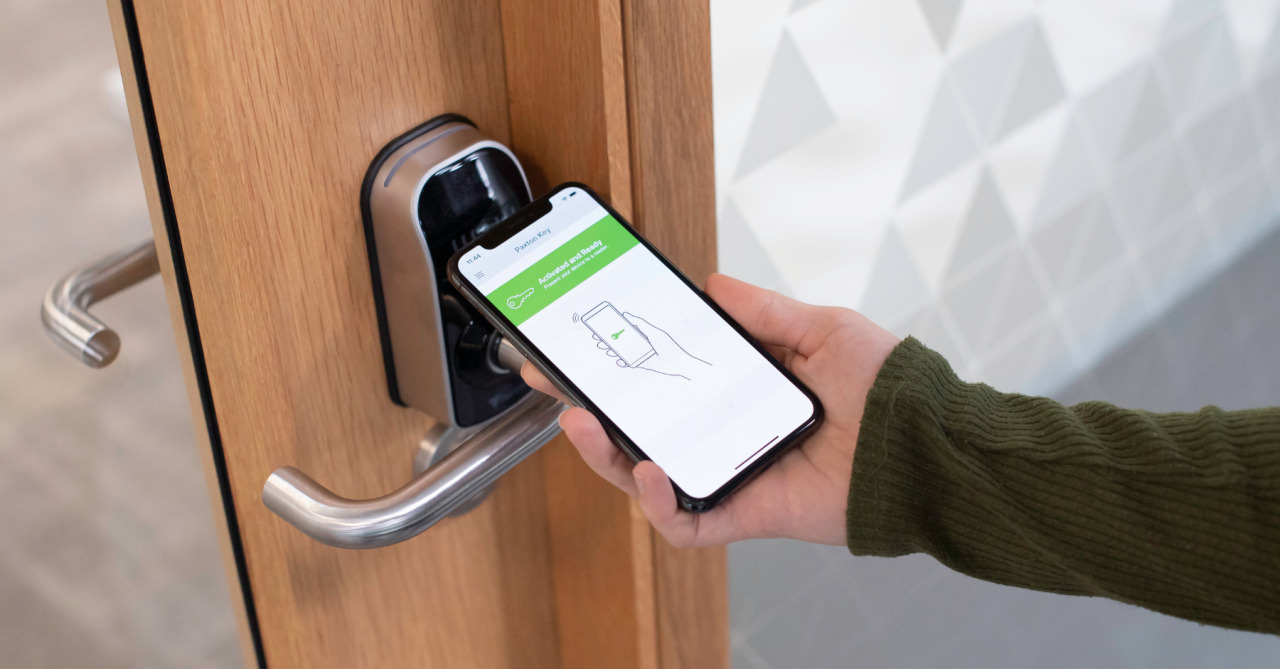

Security & Surveillance
How To Use A Smart Key To Rekey A Lock
Published: December 23, 2023
Learn how to use a smart key to rekey a lock for enhanced security and surveillance. Follow these simple steps to upgrade your home security.
(Many of the links in this article redirect to a specific reviewed product. Your purchase of these products through affiliate links helps to generate commission for Storables.com, at no extra cost. Learn more)
Introduction
Welcome to the world of smart key technology, where rekeying a lock has never been easier. With the advancements in security and surveillance, smart key systems have revolutionized the way we secure our homes and businesses. Whether you're a homeowner looking to enhance your security measures or a business owner seeking efficient access control, understanding how to use a smart key to rekey a lock is a valuable skill.
In this comprehensive guide, we will delve into the intricacies of smart key technology and provide step-by-step instructions on how to rekey a lock using a smart key system. Additionally, we will explore troubleshooting tips to help you overcome common challenges that may arise during the rekeying process.
By the end of this article, you will have a solid grasp of smart key technology and the confidence to rekey your locks with ease. So, let's embark on this enlightening journey into the realm of smart key security and discover the power of seamless rekeying.
Key Takeaways:
- Smart key technology allows easy rekeying of locks, enhancing security and convenience for homeowners and businesses. It eliminates the need for professional assistance and costly lock replacements, making it a valuable asset in today’s security landscape.
- By following simple steps and troubleshooting tips, anyone can rekey a lock with a smart key system. This user-friendly process empowers individuals to customize their security access with minimal effort, ensuring seamless access control.
Read more: How To Rekey Schlage Smart Lock
Understanding Smart Key Technology
Smart key technology represents a significant advancement in the realm of security and surveillance. Unlike traditional pin and tumbler locks, smart key systems utilize advanced mechanisms to provide a higher level of security and convenience. At the heart of smart key technology is the ability to rekey a lock without the need for professional assistance or complex tools.
One of the key features of smart key technology is its rekeying capability, which allows users to reset the lock to work with a different key. This eliminates the need to entirely replace the lock when a key is lost or security needs change, making it a cost-effective and efficient solution for homeowners and businesses alike.
Smart key locks are designed with a user-friendly interface, typically featuring a slot for the existing key and a designated rekeying tool. The process involves inserting the existing key, followed by the rekeying tool, and then the new key. Through a series of precise movements, the lock is rekeyed to recognize the new key, rendering the old key ineffective.
Furthermore, smart key technology incorporates advanced security features, such as pick-resistant and bump-proof mechanisms, to thwart unauthorized access attempts. This ensures that your property remains secure against common intrusion methods, providing peace of mind and bolstering overall security measures.
Another notable aspect of smart key technology is its compatibility with a wide range of lock types, including deadbolts, entry sets, and handlesets. This versatility allows users to implement smart key systems across various entry points, creating a unified and streamlined approach to security.
As technology continues to evolve, smart key systems are integrating with smart home automation platforms, enabling remote access and control via smartphones and other connected devices. This seamless integration enhances the overall convenience and accessibility of smart key technology, empowering users to manage their security systems with unprecedented ease.
By understanding the fundamental principles and capabilities of smart key technology, you can harness its power to fortify your security infrastructure and simplify the process of rekeying locks, ultimately elevating your overall security posture.
Steps to Rekeying a Lock with a Smart Key
Rekeying a lock with a smart key system is a straightforward process that empowers you to customize your security access with minimal effort. By following these simple steps, you can effectively rekey your lock to recognize a new key, enhancing security and ensuring seamless access control.
- Gather the Necessary Tools: Before commencing the rekeying process, ensure that you have the required tools readily available. These typically include the existing key, the new key, and the smart key rekeying tool that is compatible with your smart key lock.
- Insert the Existing Key: Begin by inserting the existing key into the lock to ensure that it is in the unlocked position. This step is crucial for initiating the rekeying sequence and preparing the lock to accept the new key.
- Insert the Smart Key Rekeying Tool: Once the existing key is in place, insert the smart key rekeying tool into the designated slot, ensuring that it is fully seated. The rekeying tool serves as a vital component in facilitating the transition to the new key.
- Remove the Existing Key: With the rekeying tool securely inserted, remove the existing key from the lock while keeping the rekeying tool in position. This step prepares the lock to receive the imprint of the new key.
- Insert the New Key: Carefully insert the new key into the lock, ensuring that it aligns with the rekeying tool. As you insert the new key, the smart key system will seamlessly reconfigure the lock to recognize the new key’s unique pattern, rendering the old key inoperative.
- Test the New Key: After successfully inserting the new key, test the lock to verify that it operates smoothly and securely with the newly programmed key. This step allows you to confirm that the rekeying process was executed accurately and that the new key is fully functional.
- Secure the Rekeying Tool: Once the rekeying process is complete, securely store the smart key rekeying tool in a safe location for future use. Proper storage of the rekeying tool ensures that it is readily accessible for any future rekeying needs.
By following these systematic steps, you can effectively rekey your smart key lock, granting access exclusively to the new key while invalidating the previous key. This seamless process empowers you to adapt your security measures to evolving needs, all without the hassle and expense of replacing the entire lock.
When using a smart key to rekey a lock, make sure to follow the manufacturer’s instructions carefully to ensure proper installation and security.
Troubleshooting Tips
While rekeying a lock with a smart key system is designed to be a user-friendly process, occasional challenges may arise. By being aware of common issues and their solutions, you can navigate the rekeying process with confidence and effectively address any unexpected hurdles that may present themselves.
Here are some troubleshooting tips to consider when rekeying a lock with a smart key:
- Ensure Proper Alignment: When inserting the new key and rekeying tool, ensure that they are aligned correctly with the lock’s mechanism. Misalignment can hinder the rekeying process, so take care to insert the key and tool smoothly and precisely.
- Apply Gentle Pressure: While inserting the new key and rekeying tool, apply gentle and consistent pressure to facilitate the rekeying sequence. Avoid forcing the components, as excessive pressure can impede the proper functioning of the smart key system.
- Verify Key Compatibility: Confirm that the new key is compatible with the smart key lock. In some instances, key irregularities or inconsistencies may hinder the rekeying process. Using a key that is specifically designed for your smart key system is essential for seamless rekeying.
- Reset the Rekeying Tool: If you encounter difficulties during the rekeying process, reset the rekeying tool by removing it from the lock and reinserting it. This simple step can recalibrate the tool and facilitate a smoother rekeying experience.
- Inspect for Debris: Periodically inspect the lock and rekeying components for any debris or foreign objects that may impede the rekeying process. Clearing any obstructions ensures that the rekeying sequence can proceed unhindered.
- Consult Manufacturer Guidelines: If persistent issues arise, refer to the manufacturer’s guidelines or instructional materials provided with the smart key system. Manufacturers often offer specific troubleshooting advice tailored to their products, providing valuable insights for resolving rekeying challenges.
By keeping these troubleshooting tips in mind, you can navigate the rekeying process with ease and address potential obstacles effectively. With a proactive approach and attention to detail, you can harness the full potential of smart key technology and ensure a seamless rekeying experience.
Conclusion
As we conclude our exploration of smart key technology and the process of rekeying a lock, it’s evident that smart key systems offer a compelling blend of security, convenience, and adaptability. The ability to rekey a lock with ease, coupled with advanced security features, positions smart key technology as a formidable asset in the realm of security and surveillance.
By understanding the intricacies of smart key technology and following the systematic steps for rekeying a lock, you can take proactive measures to fortify your security infrastructure and tailor access control to your specific needs. The seamless rekeying process empowers you to transition to a new key effortlessly, preserving security while eliminating the inconvenience and expense of replacing entire locks.
Moreover, the integration of smart key systems with smart home automation platforms heralds a new era of connectivity and accessibility, allowing for remote management and control of security systems. This convergence of technology enhances the overall user experience, offering unparalleled convenience and peace of mind.
As with any advanced technology, familiarizing yourself with troubleshooting tips equips you to address potential challenges and ensure a smooth rekeying process. By applying gentle pressure, verifying key compatibility, and consulting manufacturer guidelines when needed, you can navigate any obstacles with confidence.
In essence, smart key technology represents a harmonious fusion of innovation and practicality, redefining the landscape of modern security solutions. Whether you’re a homeowner seeking to safeguard your family or a business owner aiming to bolster access control, the versatility and user-friendly nature of smart key systems make them a valuable asset in today’s security-conscious world.
So, embrace the power of smart key technology, and unlock a world of seamless rekeying and enhanced security, all at your fingertips.
Frequently Asked Questions about How To Use A Smart Key To Rekey A Lock
Was this page helpful?
At Storables.com, we guarantee accurate and reliable information. Our content, validated by Expert Board Contributors, is crafted following stringent Editorial Policies. We're committed to providing you with well-researched, expert-backed insights for all your informational needs.
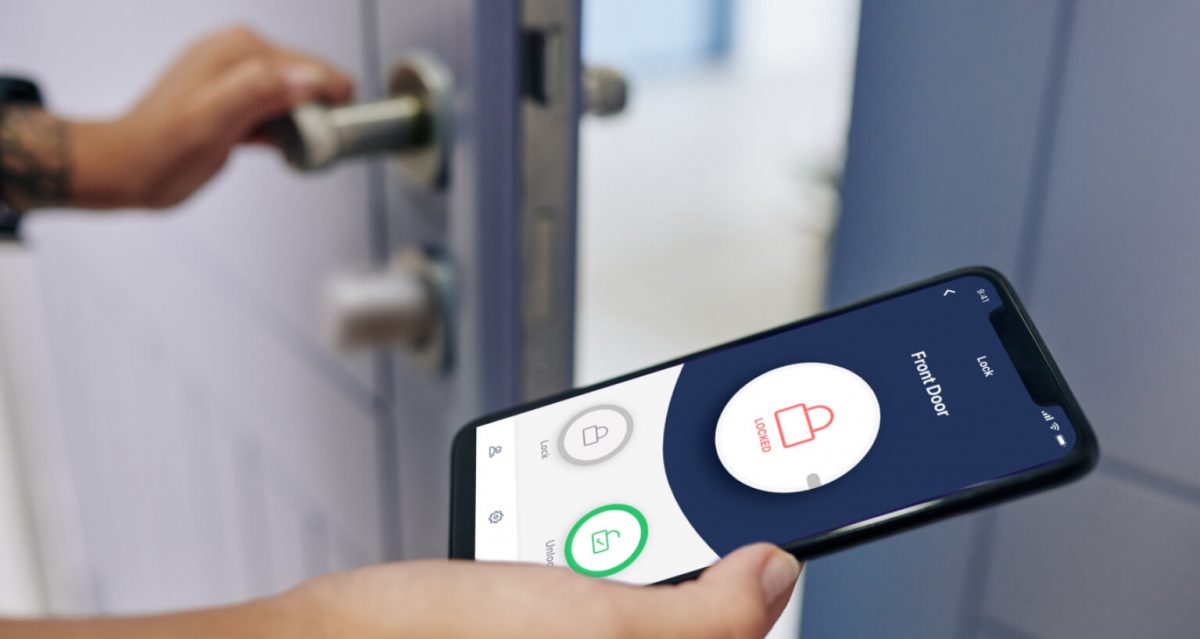
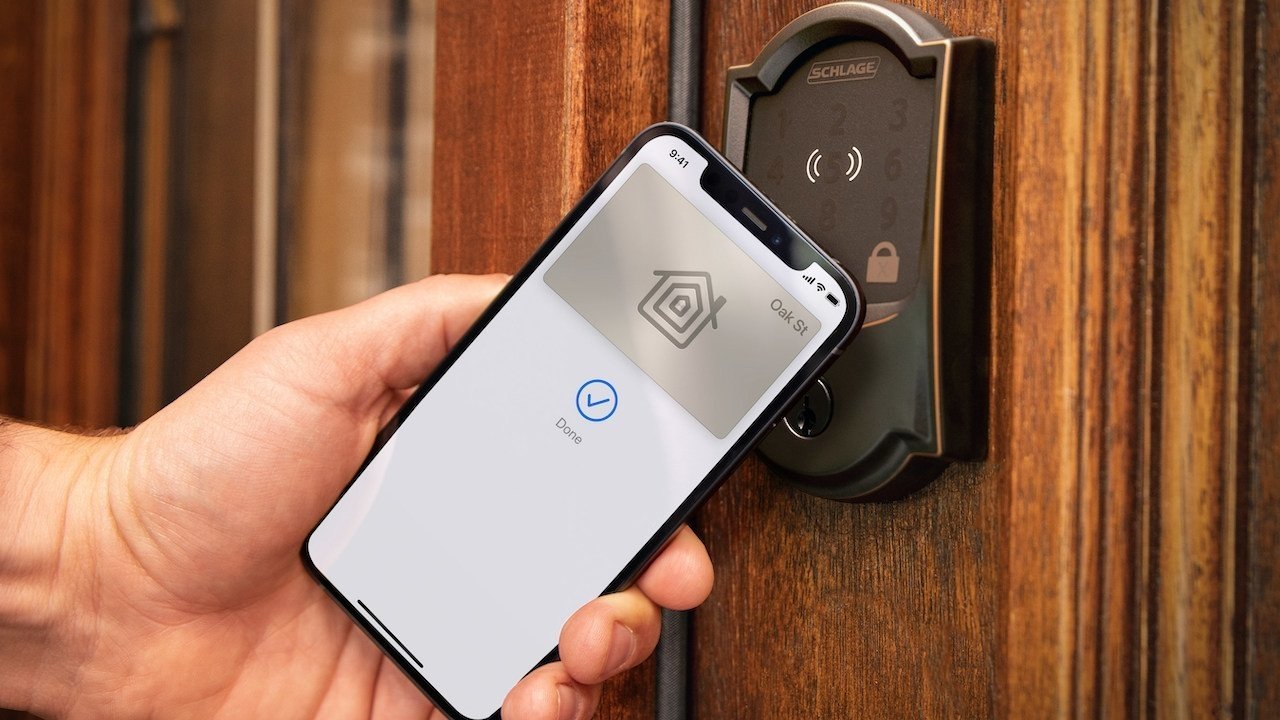
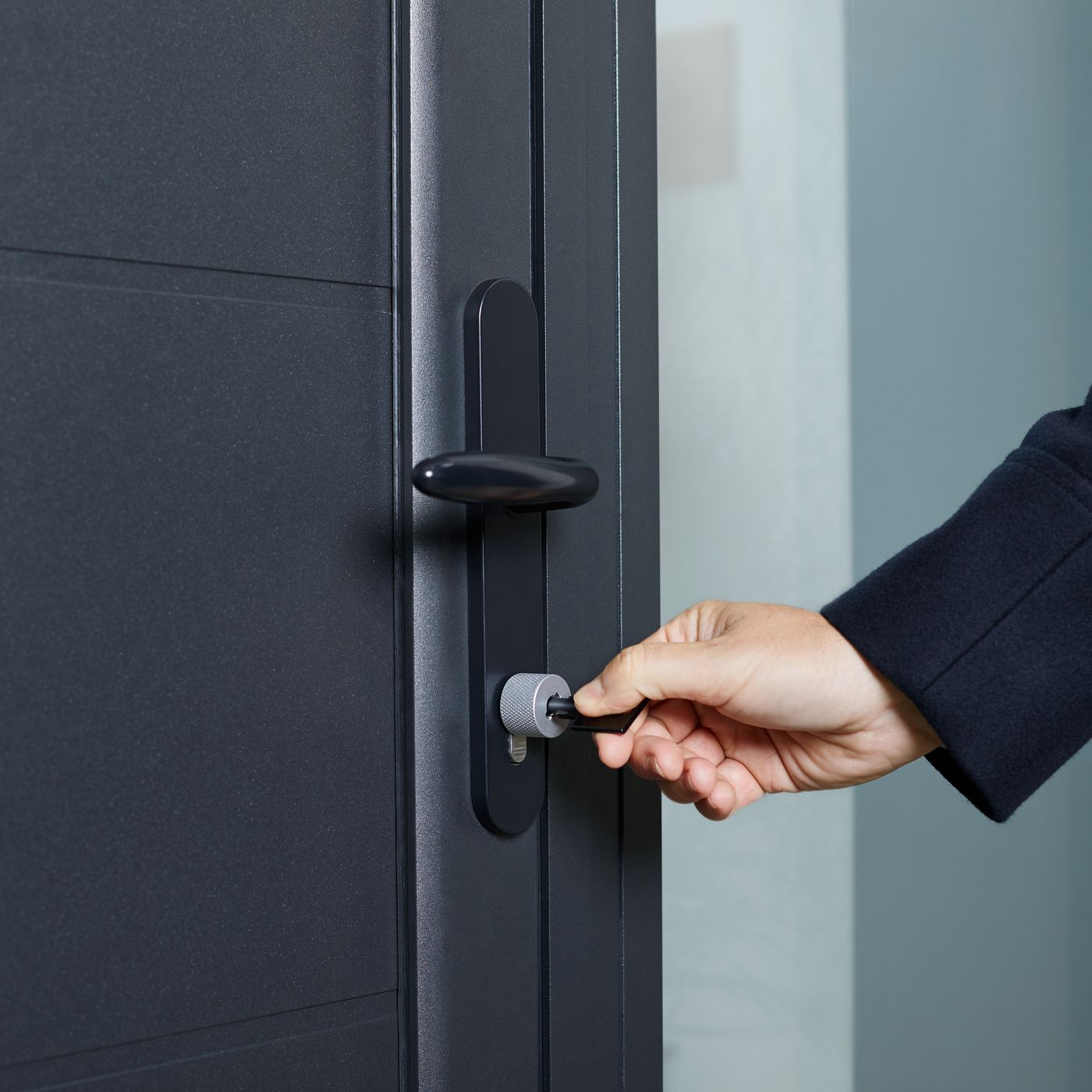
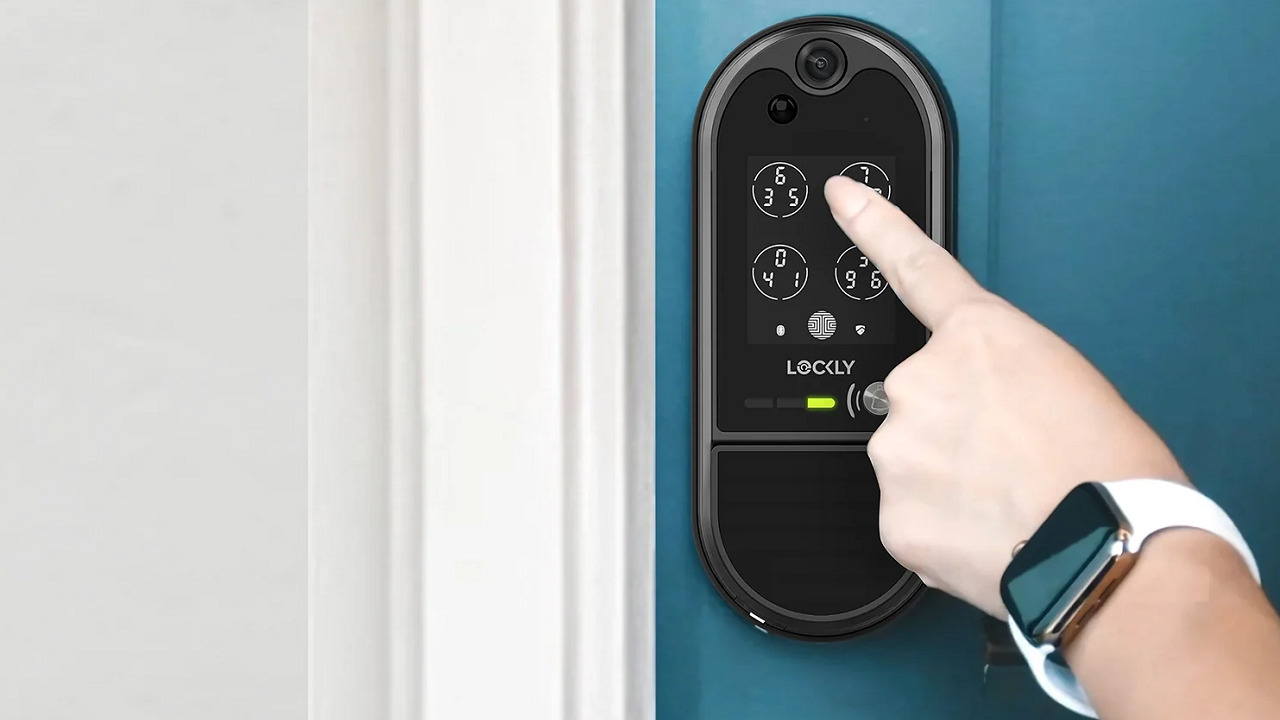
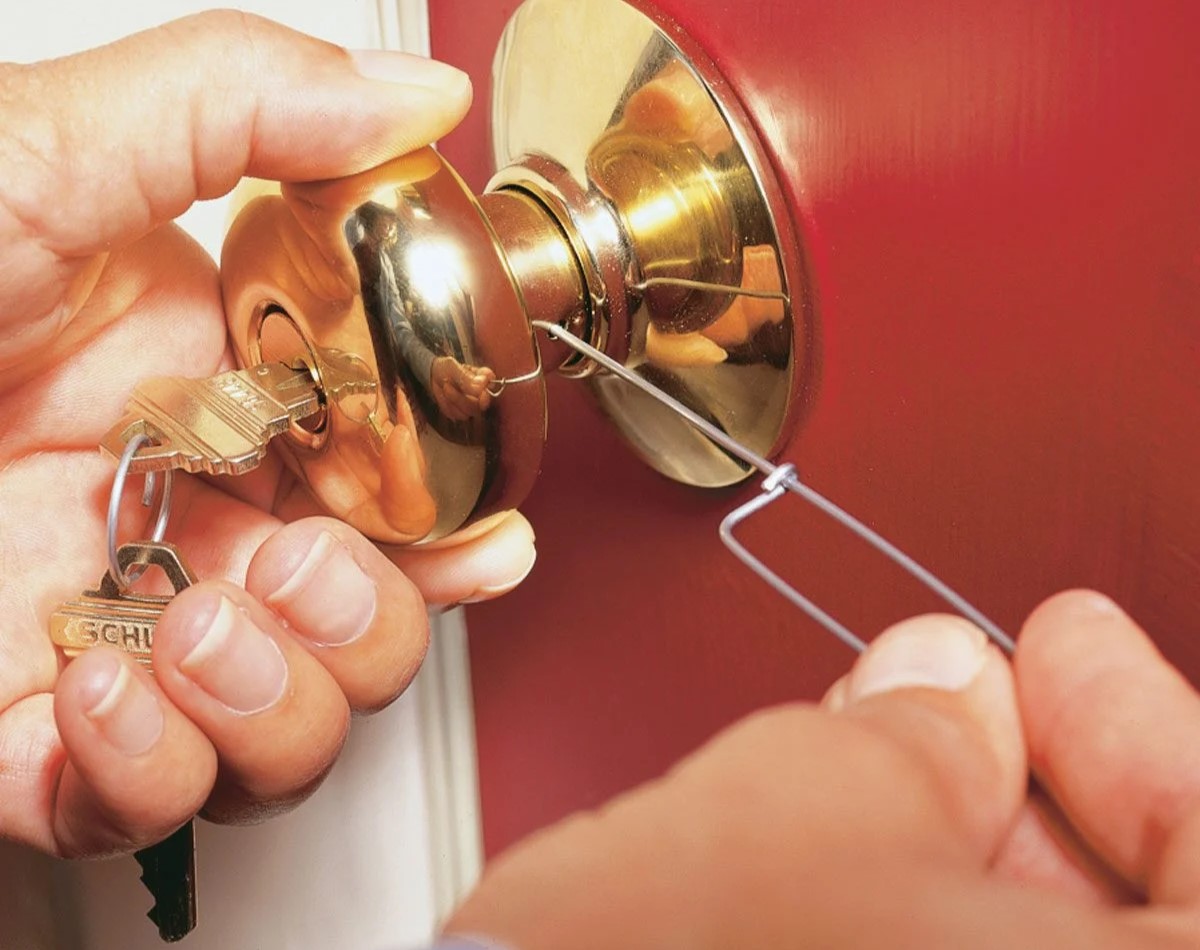
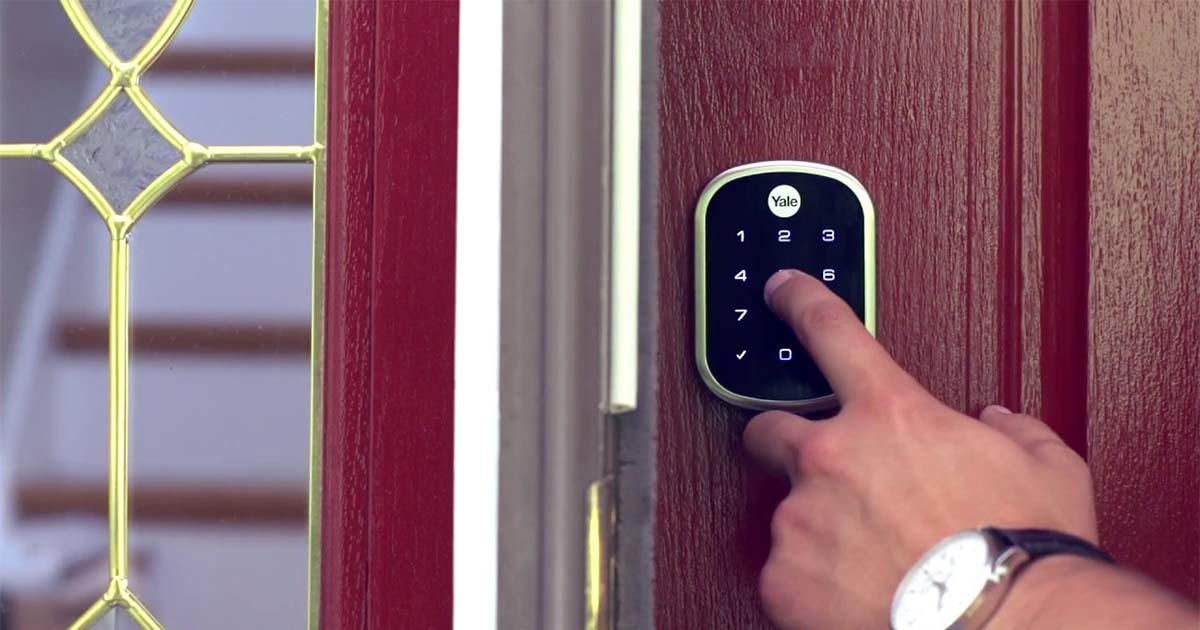
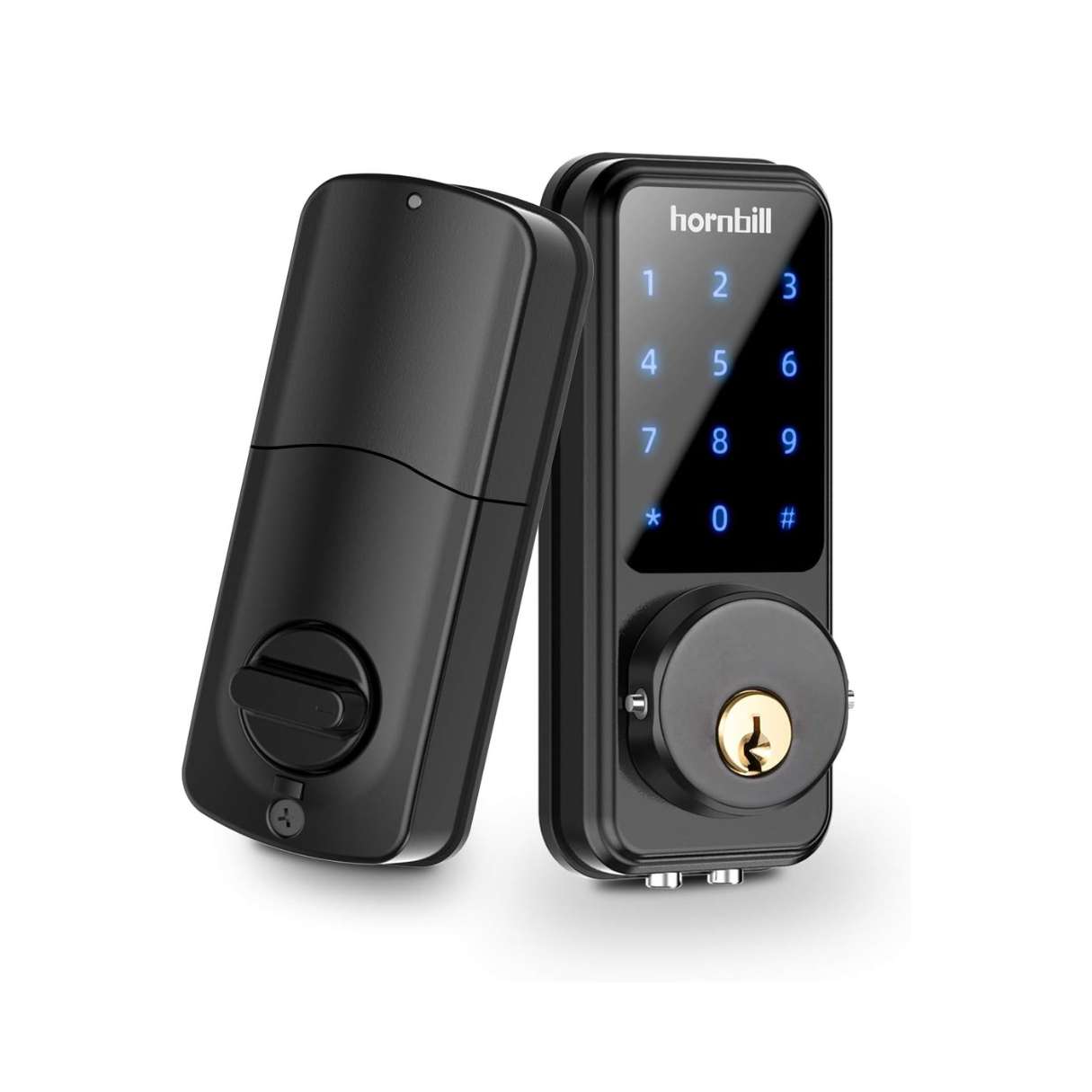
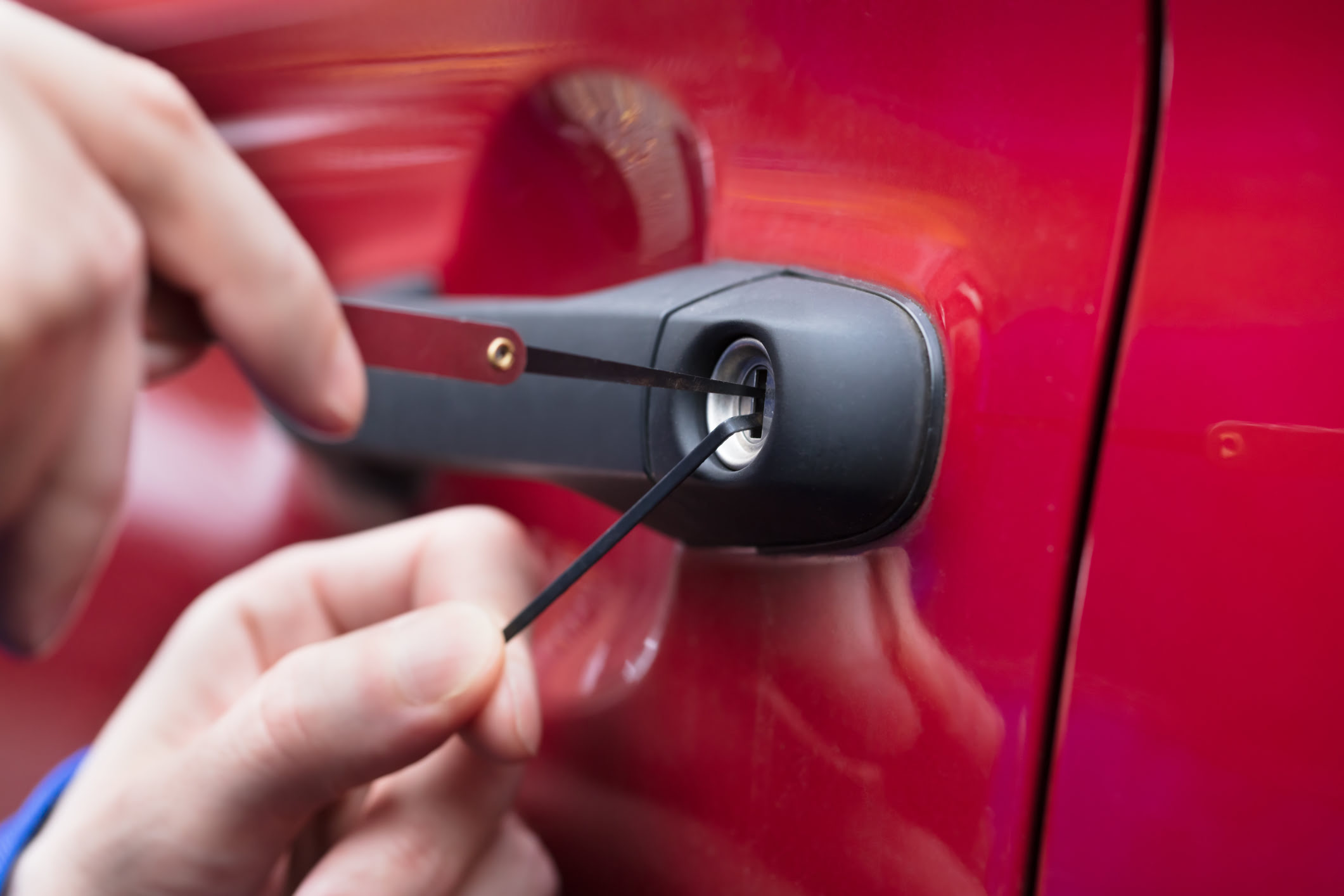
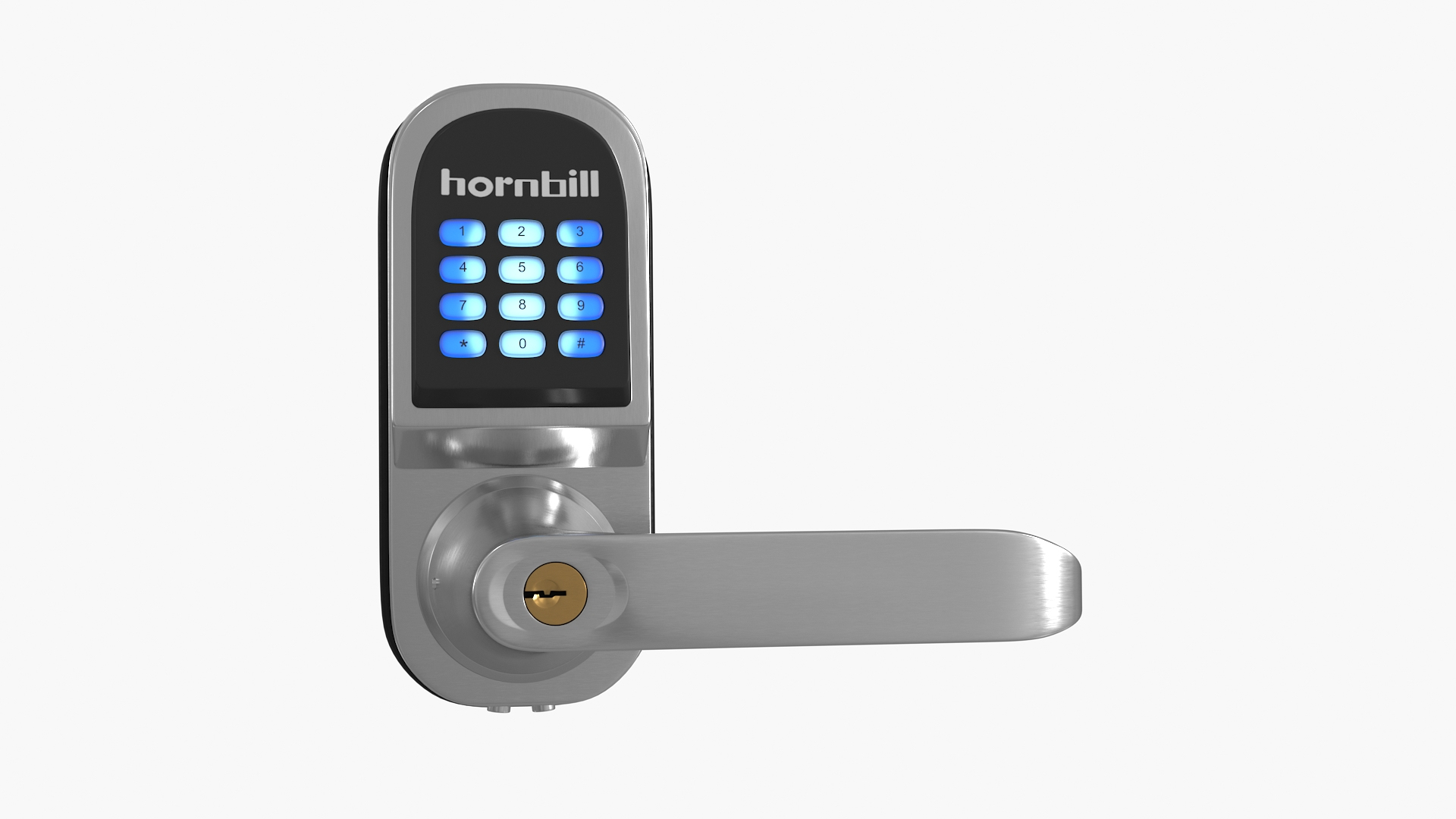
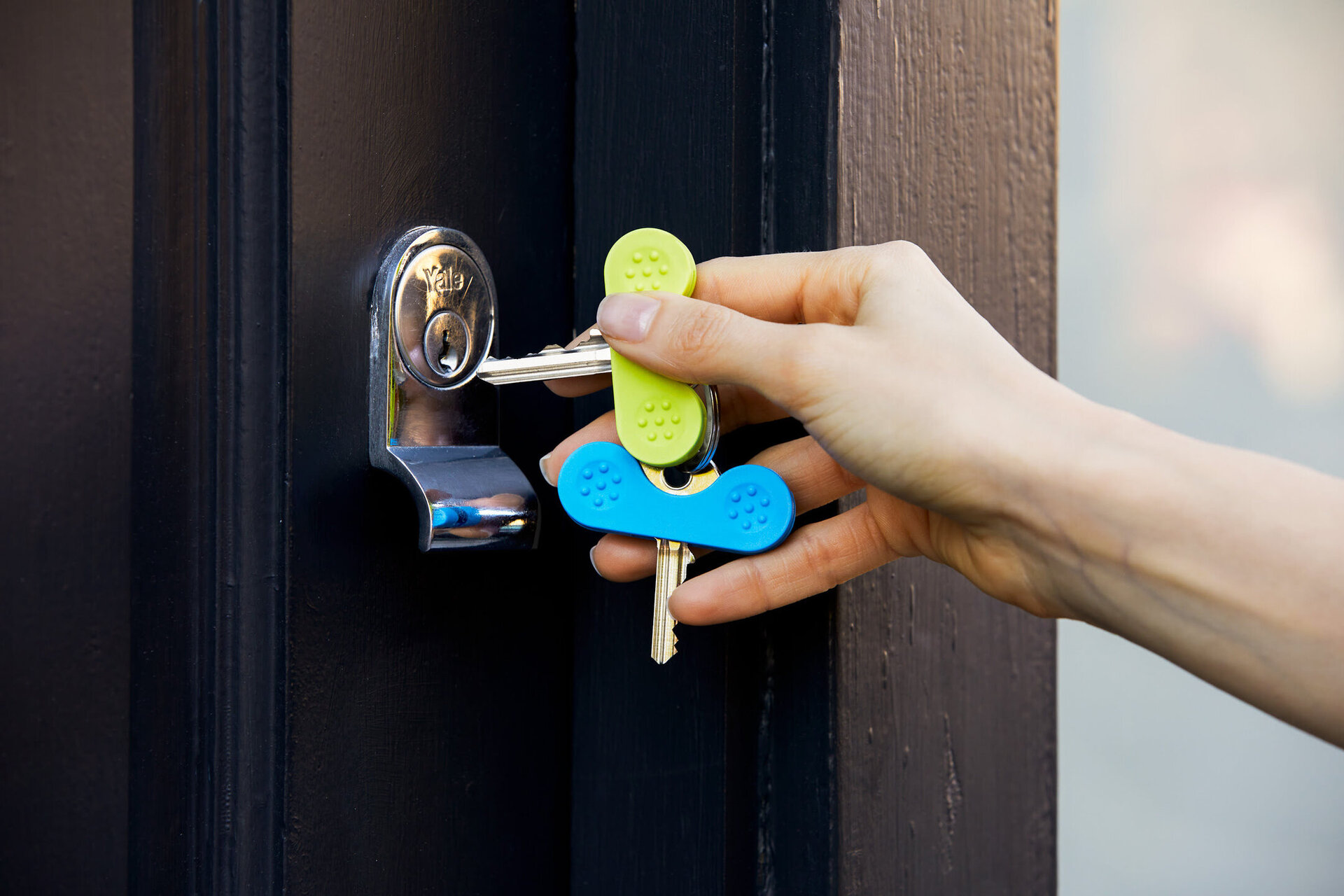
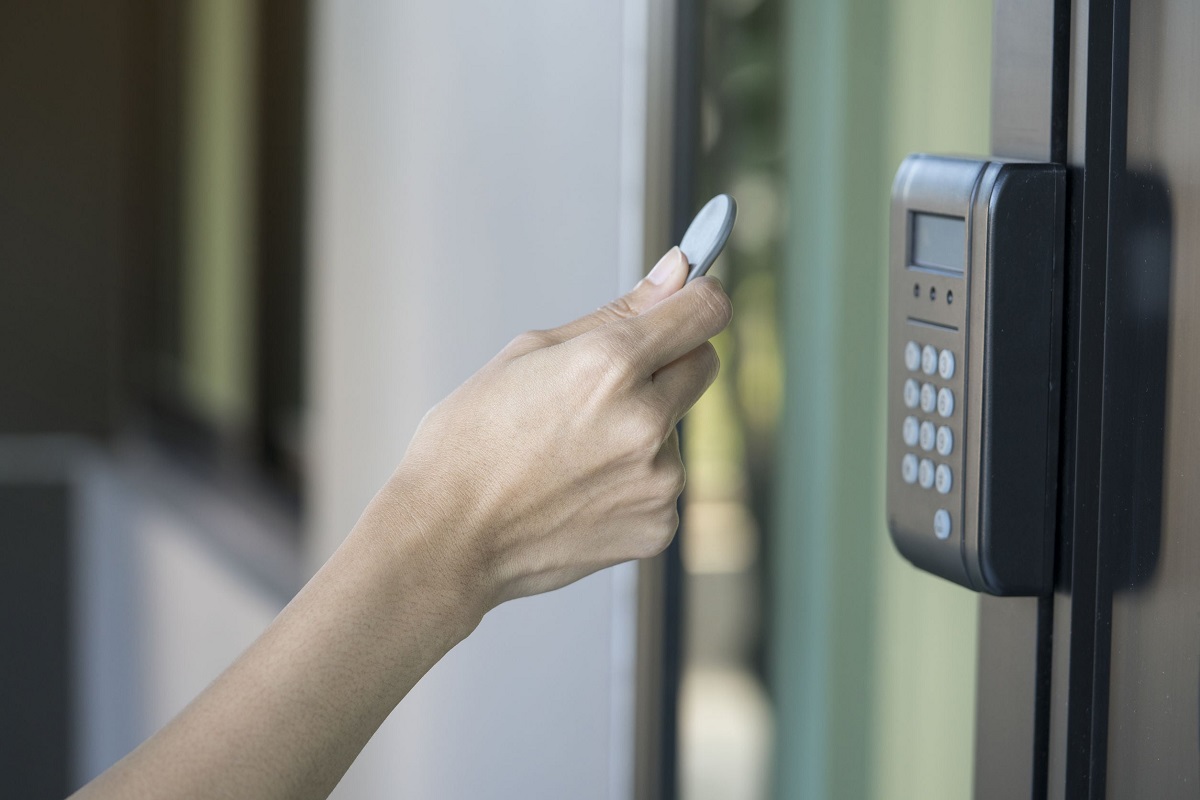
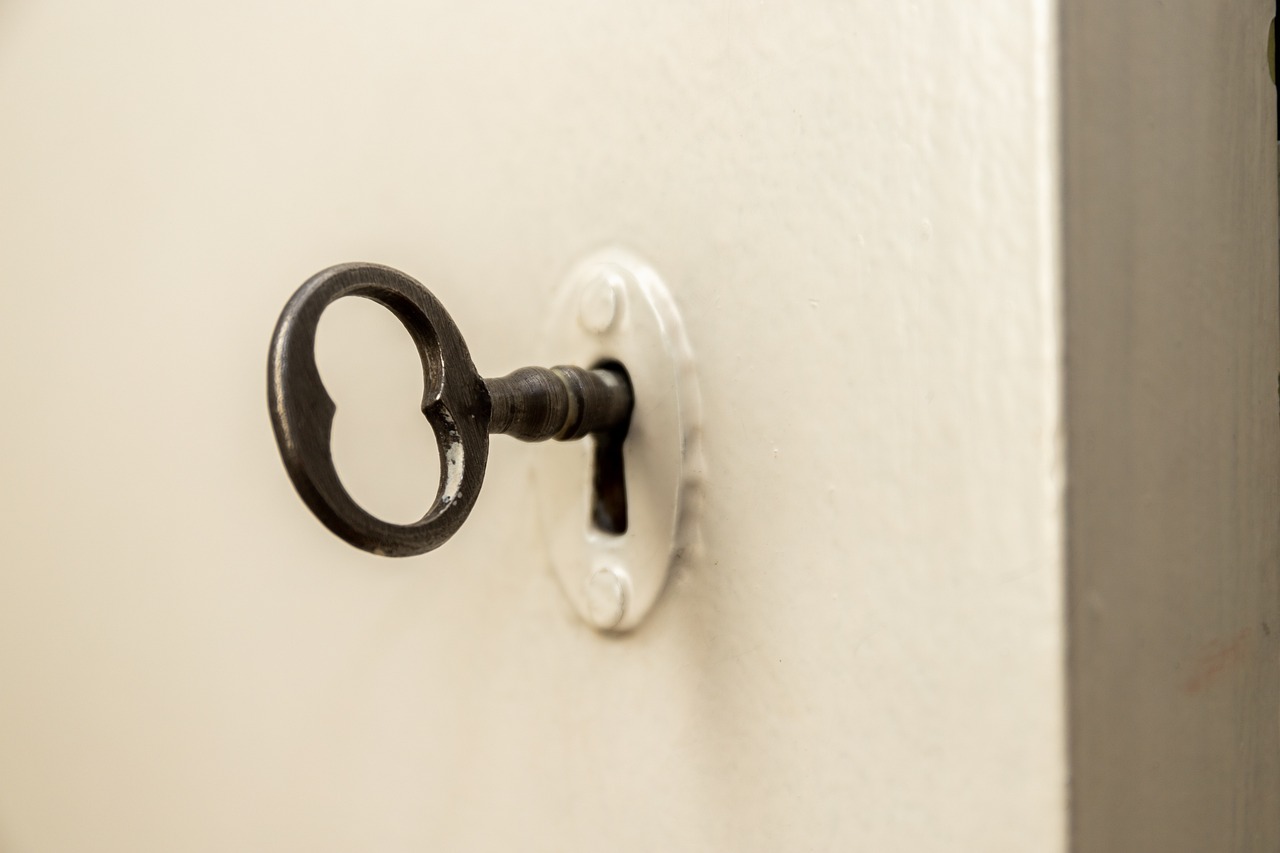
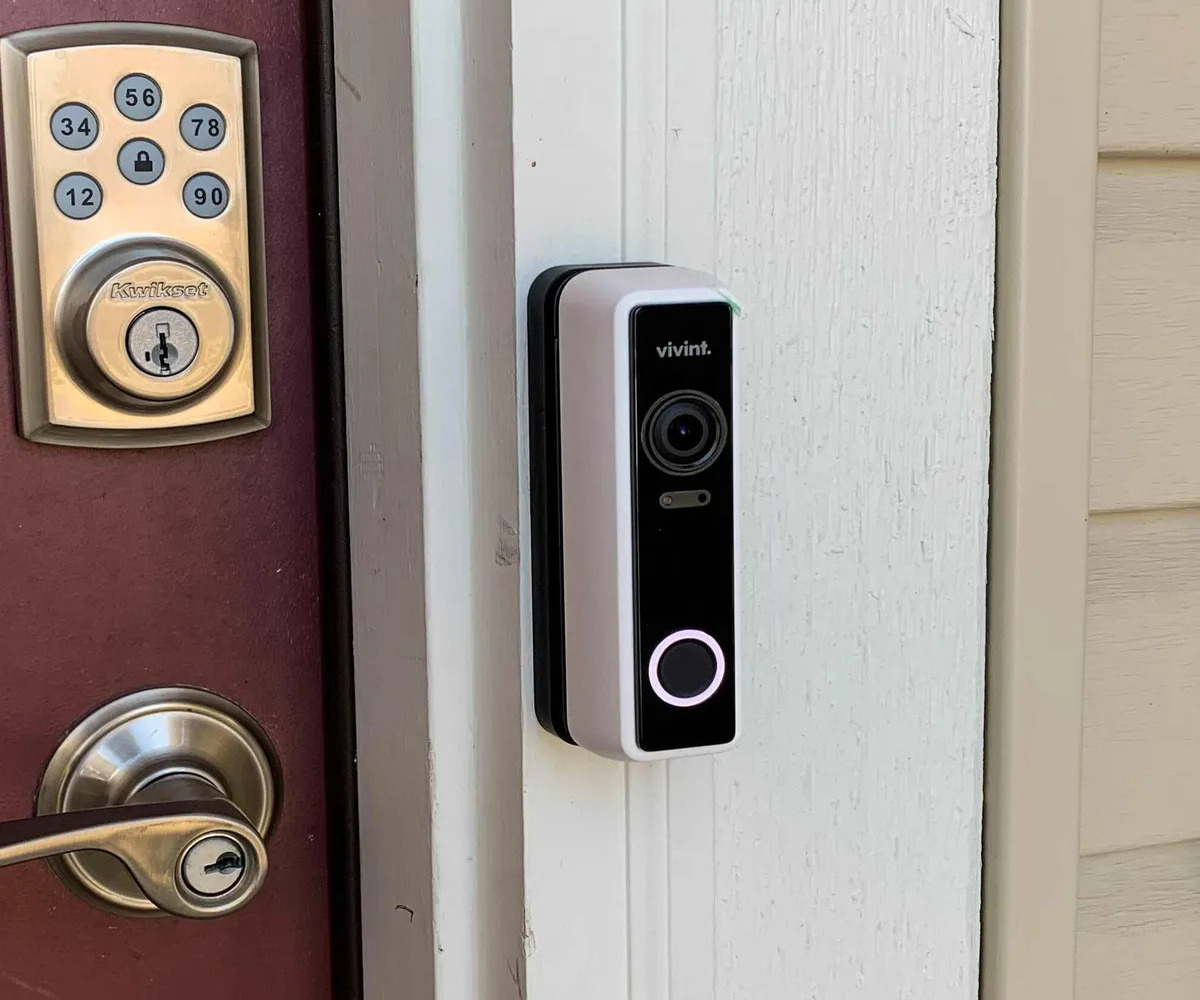
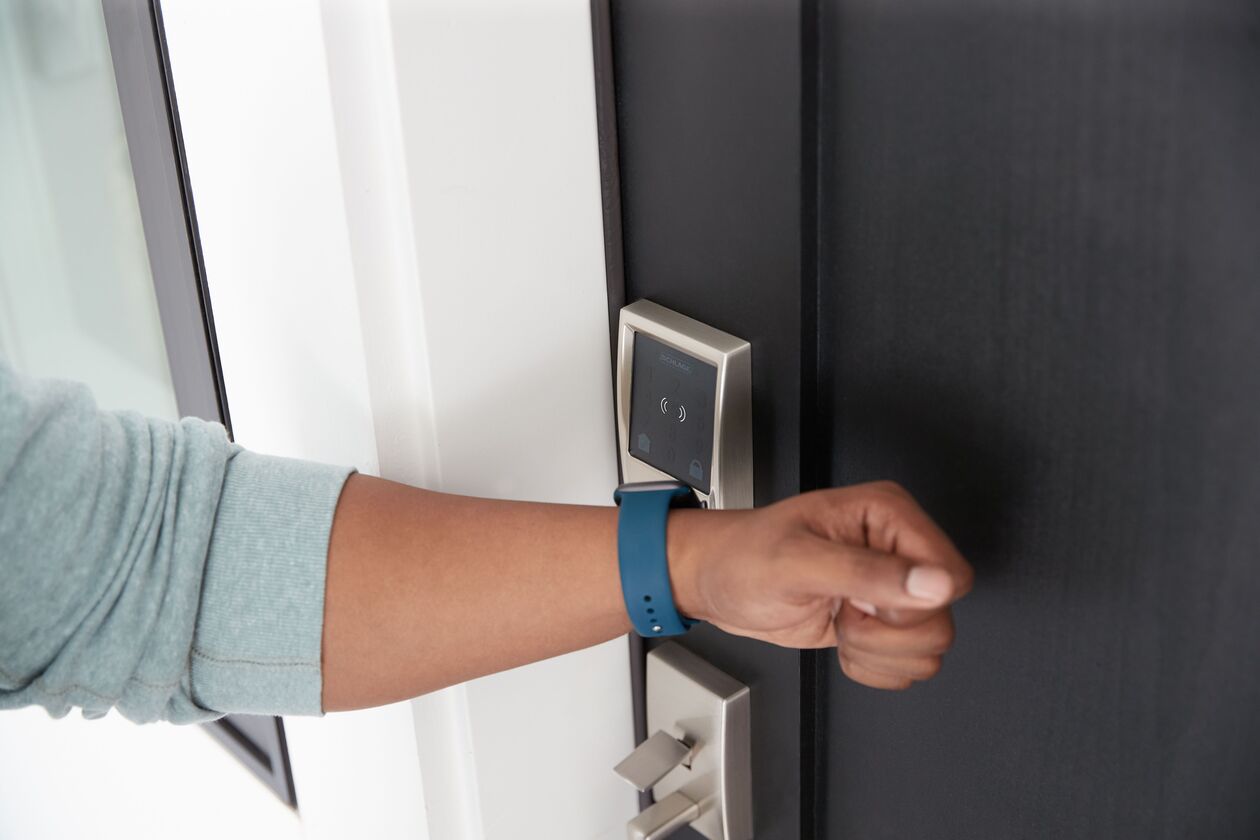
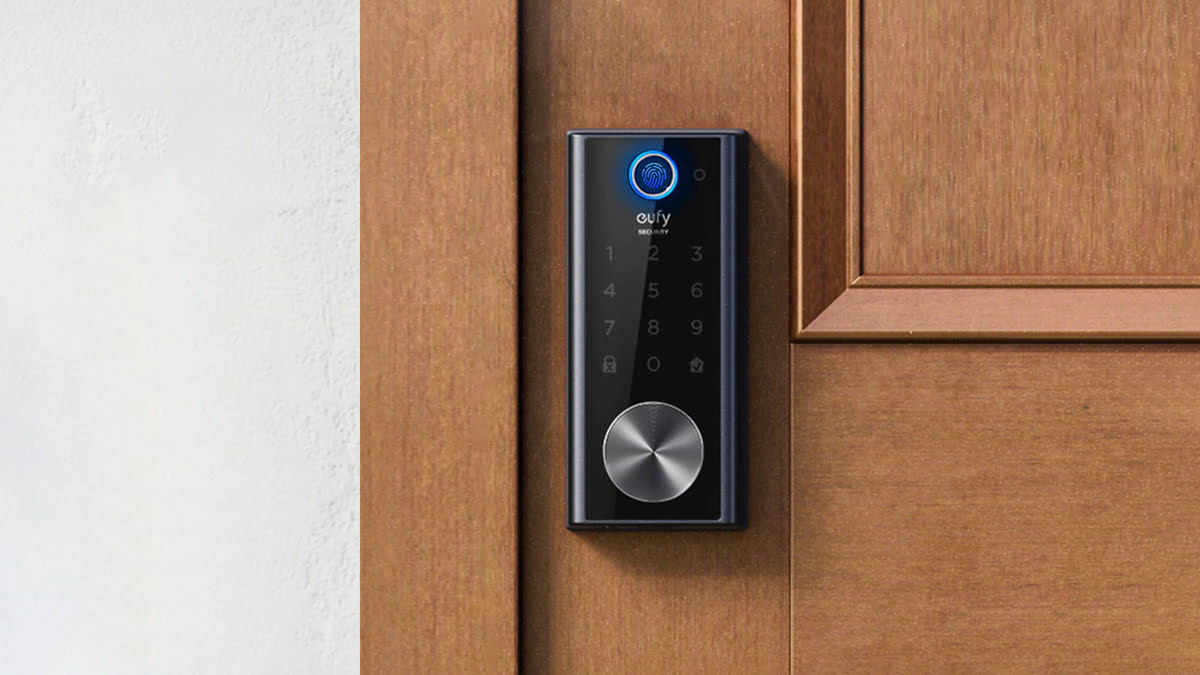

0 thoughts on “How To Use A Smart Key To Rekey A Lock”